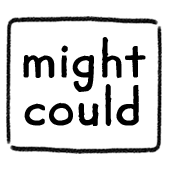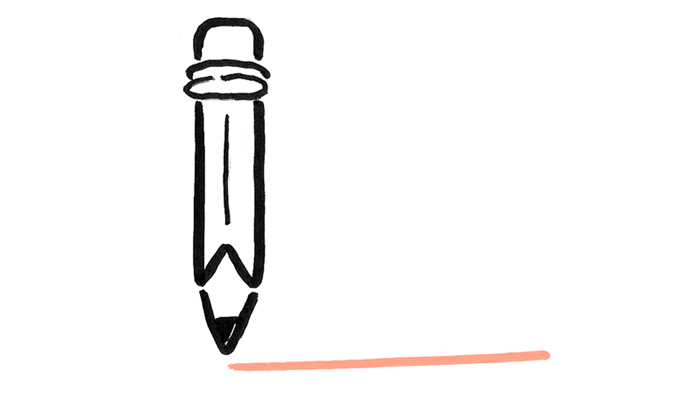
Last week I read an article in The New York Times Magazine by Dan Brooks titled “The Pleasure of Watching Others Confront Their Own Incompetence”.
The article was about how instructional videos on the internet attempt to break down skills into easy to follow steps, convincing us that we can do these things too. Early on, Brooks points out these videos gloss over “the long hours that lie between seeing how something is done and knowing how to do it.”
Ok, I’m on board, I dig it. This is all very similar to how I talk about step-by-step art technique videos as well. But wait…

The article goes on to focus on one short video that went viral on Twitter showing the process of drawing a delicate, realistic hand in 11 simple pencil strokes. Brooks sees the message of the video to be “a woman’s hand is just 11 lines that anyone can draw.”
Here, Brooks shifts his focus to the Twitter comments and responses from others who watched the video and attempted to follow the simple steps. Hundreds of people posted their drawing attempts and Brooks revels in their “badness”, proclaiming that “failure is funny, especially in this case, which has primed us with the plausible claim that anyone can draw a woman’s hand before yanking us back to the truth that basically no one can draw anything at all.“
Welp, ya lost me now, Brooks. This is where I get off the train. But I kept reading, wondering where the article would end up.
Brooks goes on to talk about how the internet has broken down the “value of expertise” showing us that we can do anything, and how to do it all. He mentions that it’s “actually pretty easy” to write an op-ed column (his job, by the way) but that “drawing a hand remains hard.”
Here it is again, that frustrating belief that drawing can be achieved by only a select few—for the rest it remains unattainable, unlearnable.
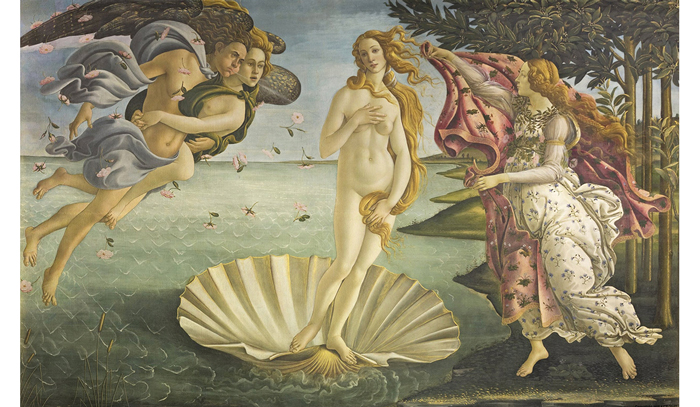
Brooks hones in on drawing hands specifically, and brings out the Renaissance artist, Sandro Botticelli, as someone “known for being bad at it”, pointing to his “Birth of Venus”, and how great it is until you notice her “loaflike hands and feet, which veer into unnatural angles around the third or fourth digit.”

Dang, I don’t know, they look pretty good to me.
Brooks explains the “misshaped” hands by saying Botticelli just wasn’t good at drawing hands, and that “most of us are not.”
I don’t believe Brooks is necessarily trying to be condescending. He seems to view it as empowering to “acknowledge this truth” that people can’t draw. He compares it to “catching someone in a lie”, proving that, actually, no one can draw—how dare you think you could teach us.
In the last paragraph of the article, I actually thought he was about to turn it around. He mentioned that “most people are bad at what they haven’t spent years learning to do”. Yes. We are all bad when we begin something new. But then he breaks down and can’t take that idea any farther. He just can’t apply that mindset to drawing, and specifically in this case, to drawing hands.
He ends the article in summary: “Some people can draw human hands, but most people cannot, and fortunately we need not say any more about it than that.”
Well, I actually have a lot more to say about that.

My Beef
Here’s my beef with this article—the mindset is so extraordinarily narrow. Why is writing something that anyone can do, something that is acceptable to be bad at and then grow and learn and become better at, but drawing is not?
Why is drawing the blessed talent that some people can do and some people cannot? Why is it so binary? Why are we excluding the hoards of people who may want to learn how to draw? Why are we reveling in the “badness” of early attempts at drawing instead of encouraging creativity and expression, and celebrating the bravery to try something new?
And why do we have such a fixation on labeling drawings as “good” or “bad”? For gosh sakes, you’re saying a famous Renaissance painter who made one of the most recognizable paintings in the world is “bad at it”, drawing “loaflike” hands. What’s wrong with loaflike hands? Why are they bad? I’ve definitely seen some loaflike hands in real life.
The issue is holding onto such a narrow concept of what a hand CAN look like. Why does a hand have to look a certain way to be a “good” drawing? And who decides what that ideal hand looks like? Is it your hand? Is it a generic hand? I would have thought maybe people would turn to artists who draw in the realism style to answer this question, but no, in this mindset, even those hands are bad!
Drawings of Hands
What about how I draw hands? Is this a good drawing of a hand?

Fingers too stubby to be “good”? Ok, how about these hands I drew:
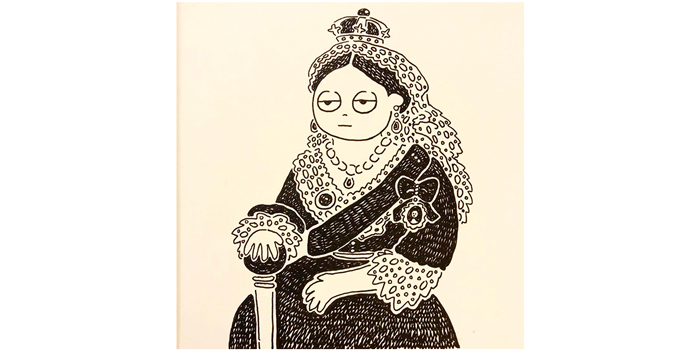
Hmm, no? Too droopy? Ok, how about these hands I drew:
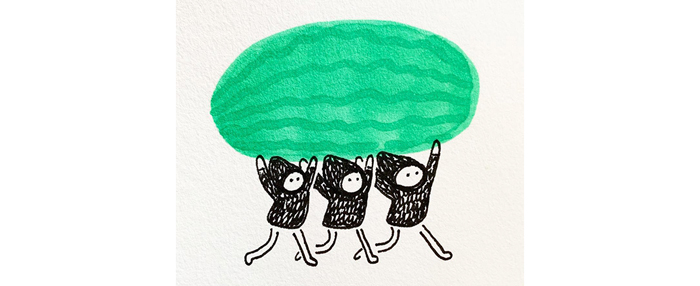
Now there’s no fingers, you say? A hand must have fingers to be a “good” hand? Oh, I see. Ok, how about these hands I drew:
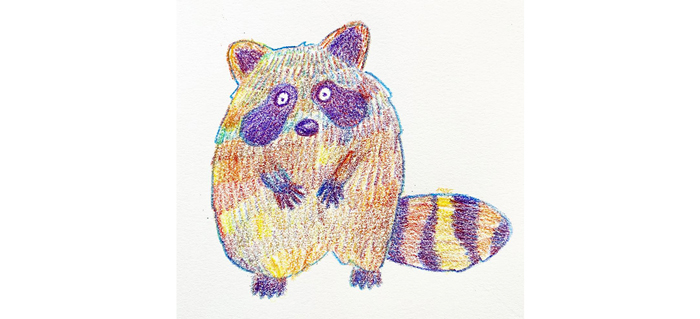
What? Those are raccoon hands? Those can’t count as “good hands”? And they’re two different sizes so they can’t be “good raccoon hands” either? Yes, I also forgot that raccoon hands are not purple, my mistake. Ok, I think I’ve got it now. What about these hands I drew:
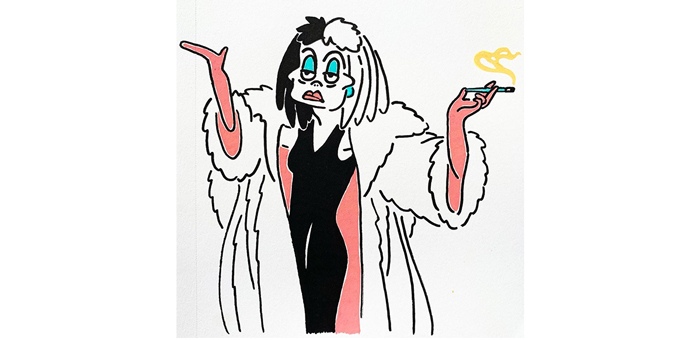
Oh! You started to say this one was “good” (at least compared to the others, yes I heard you), but then you saw the left hand and balked and then you went back to the right hand and noticed it began to “veer into unnatural angles around the third or fourth digit”. Blast. I’ve run into the same problem as Botticelli. Forever “bad at this” we will be.
Well, ya know man, I actually enjoy drawing hands this way:
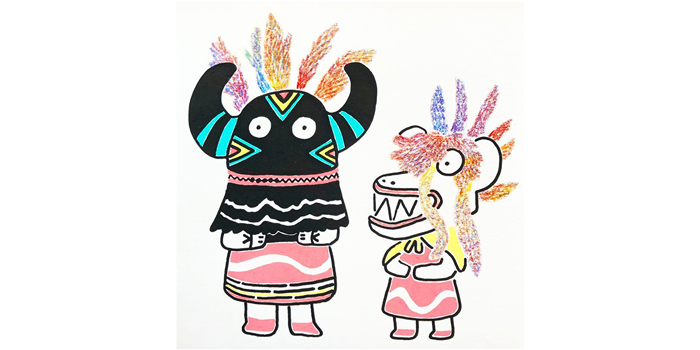
And I have fun drawing hands this way:
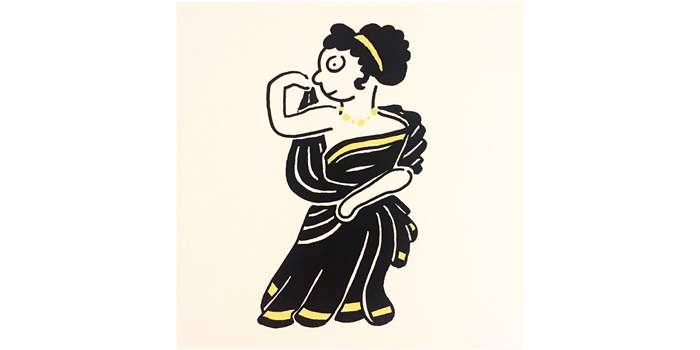
And I love drawing hands this way:
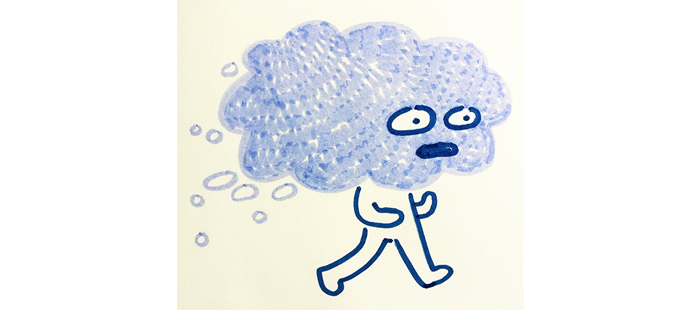
Here’s the thing: everyone is entitled to their own opinions, and art is a highly subjective thing. People will like different stuff, and that’s fine. But my point here is broader than personal preference.
My point is that when it comes to making art, we need to open our minds. We have to be more open to what people are capable of—you are capable of drawing, even drawing hands. The only thing holding you back from drawing is your mindset. You think a hand has to look a specific way, and it will only be good when it perfectly matches that image in your mind. But dang, even Botticelli can’t live up to that standard. It seems like what you really want is a photograph of a hand. And that’s fine, go be a photographer.
But if you want to draw hands, here’s the secret: just do it. Draw a circle with five rectangles, draw an amorphous blob with some stuff protruding out, draw a stump, draw wonky hands—I don’t care! You can draw a hand however you want to.
That is the beauty and the joy of drawing. There are no rules. People try to erect and proclaim rules, but there’s no one who can actually enforce them. Your art is yours, and you can do it however the heck you want to. No one can stop you. And I guarantee you’ll be more satisfied with your art, more confident in yourself as an artist, and more joyful when you draw, if you’re able to forget other people’s rules and draw how you want to.
There are no “good” hands or “bad” hands to me. There’s only drawing or not drawing. I fear the mindset and attitude spread by articles like Brooks’ are discouraging people from attempting to draw and spreading the binary belief that you can’t draw. All because you couldn’t perfectly copy someone else’s drawing of a hand that was deemed “good”.
It’s not true. Don’t believe it. You can draw. You can draw whatever you want, however the heck you want to.
And that’s what I have to say about that.

